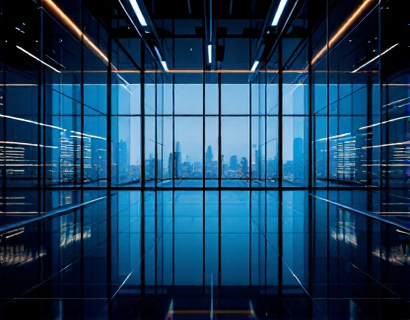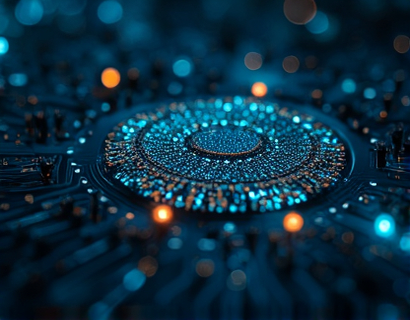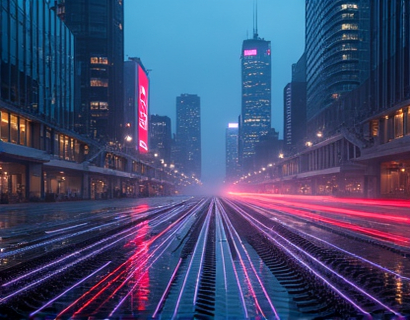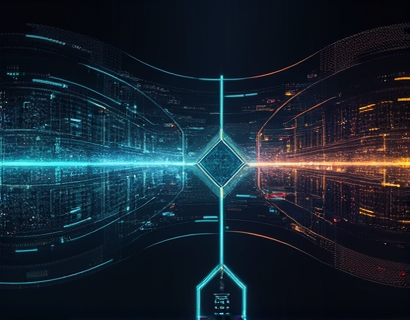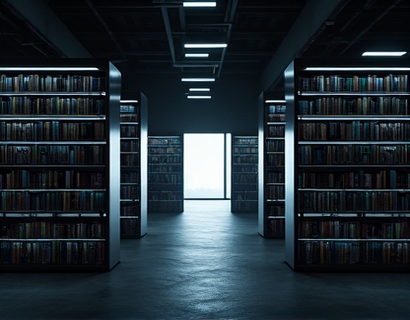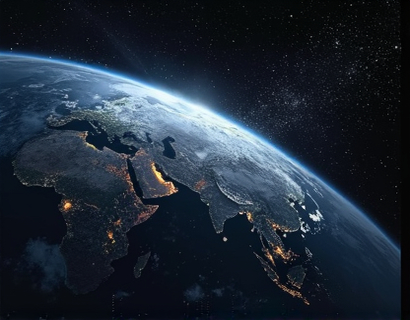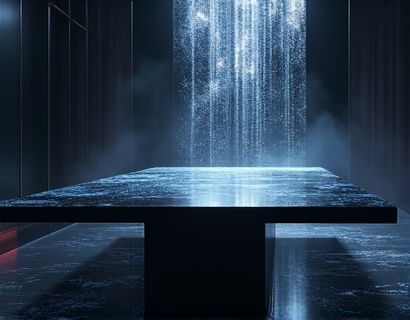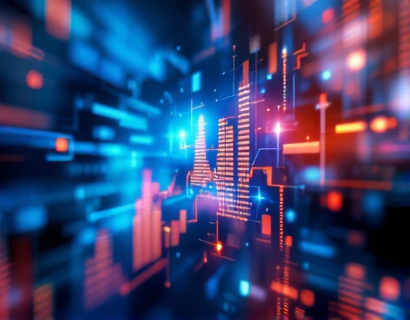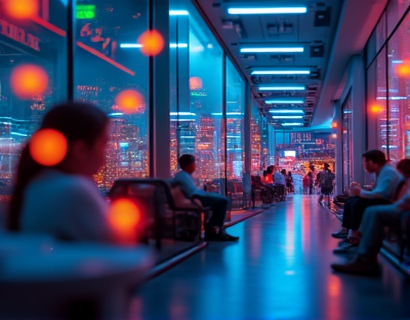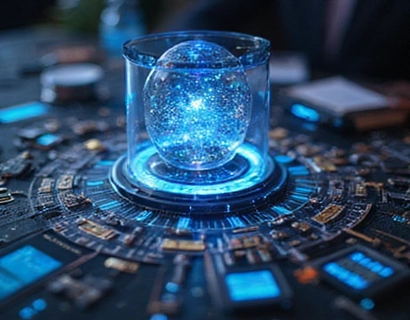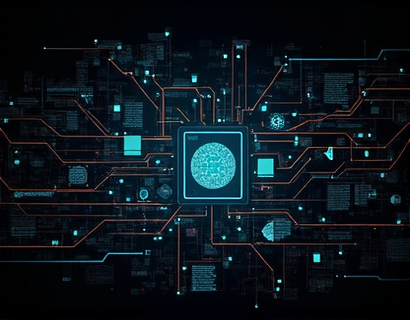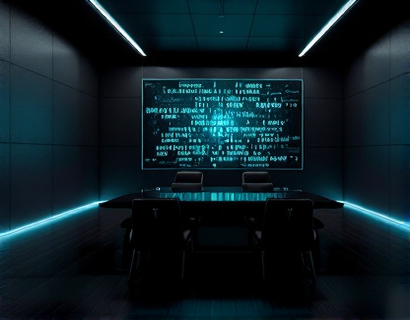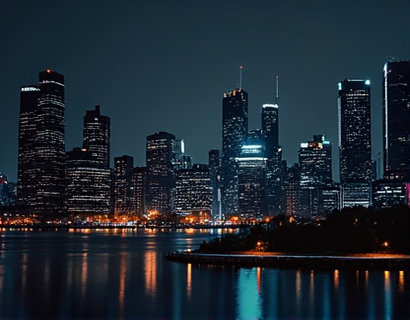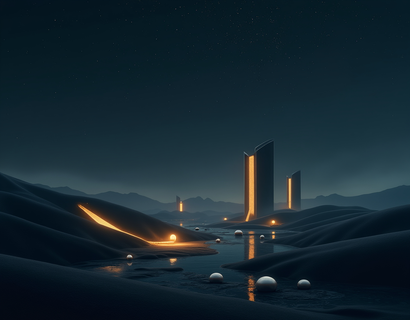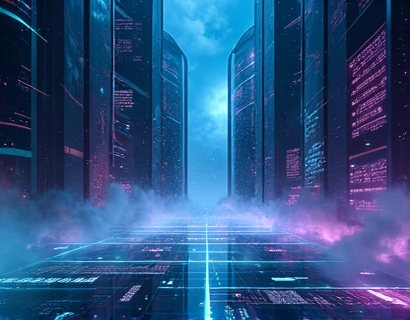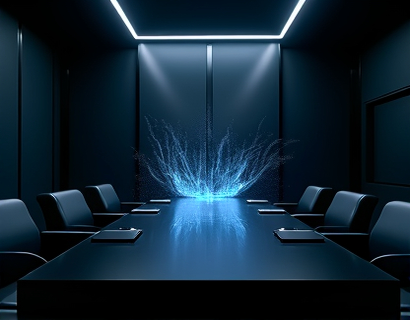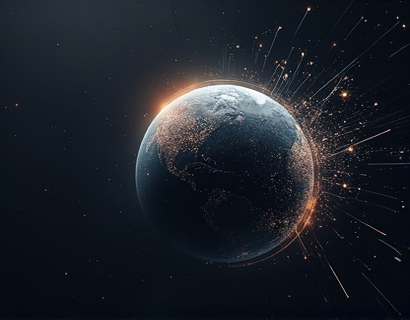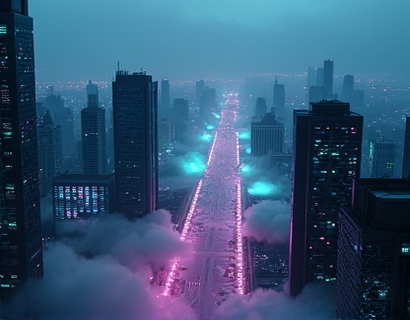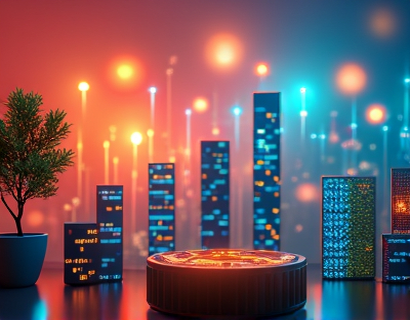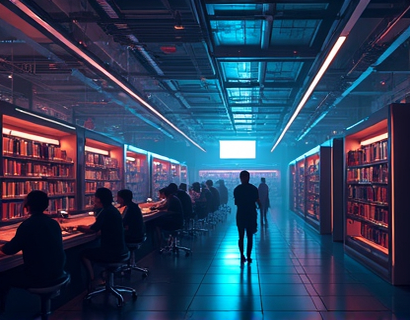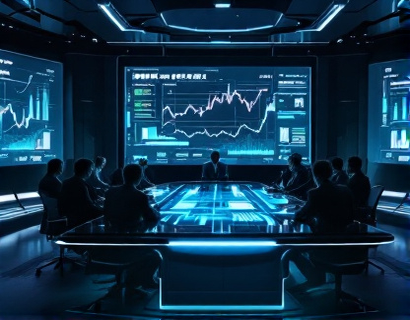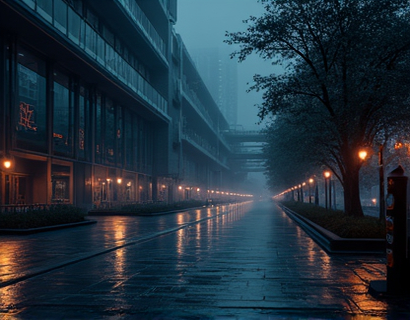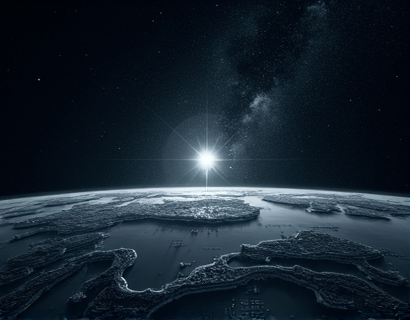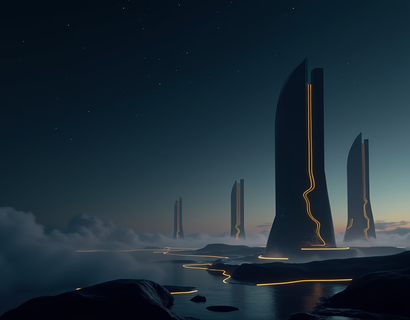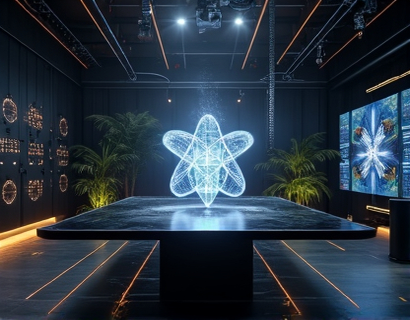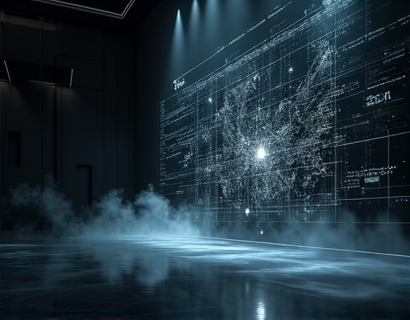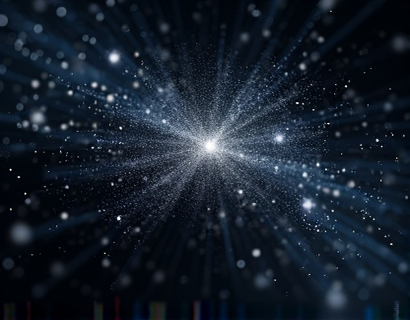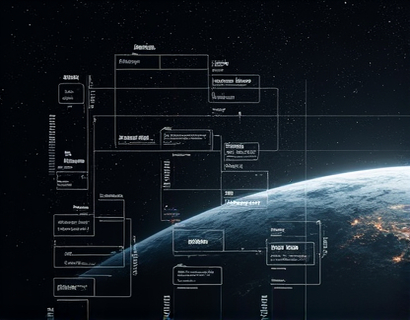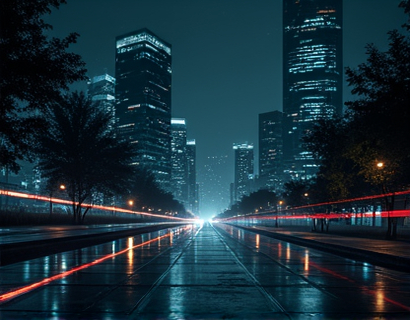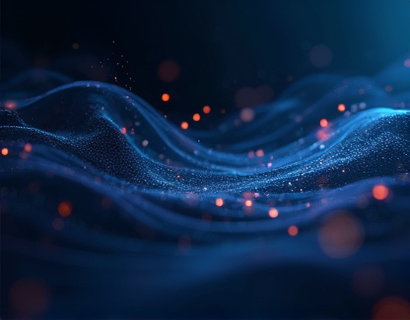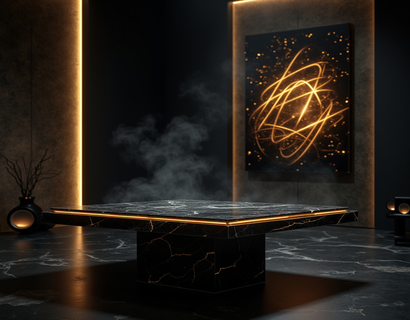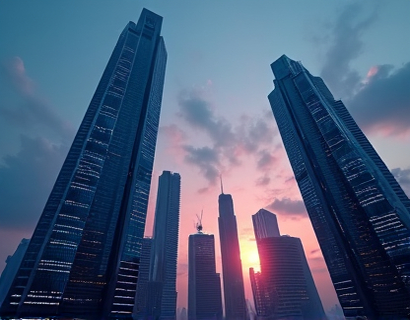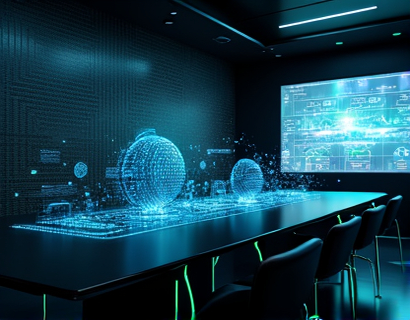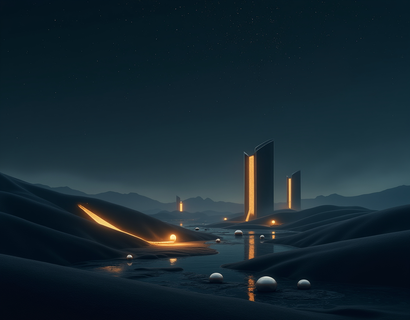Unlocking Digital Creativity: Exploring Collaborative Masterpieces from Ucosystem and Universe
The digital age has ushered in a new era of creativity, where the boundaries of traditional art forms are constantly being pushed and redefined. At the forefront of this revolution are platforms like Ucosystem and Universe, which are reimagining the way we create, collaborate, and consume digital content. This article delves into the fascinating world of collaborative digital creativity, exploring how these platforms are unlocking the potential of shared creation and redefining storytelling in the digital landscape.
Ucosystem and Universe represent two distinct yet complementary approaches to digital collaboration. Ucosystem is a platform that empowers creators to build and share interactive stories, games, and experiences. It provides a robust set of tools and a vibrant community that fosters innovation and creativity. On the other hand, Universe is a social platform designed for immersive and interactive content, allowing users to create and experience virtual worlds and stories in a highly collaborative environment.
The synergy between these platforms has given rise to a new form of content creation known as collaborative masterpieces. These are digital works that emerge from the collective efforts of multiple creators, each contributing their unique skills and perspectives to a shared project. This collaborative approach not only enhances the creative process but also results in content that is richer, more diverse, and more engaging than what a single creator could produce alone.
The Power of Collaboration
Collaboration in the digital creative space offers numerous benefits. Firstly, it brings together a diverse range of talents and ideas, leading to more innovative and original content. When creators from different backgrounds and disciplines come together, they can approach problems and storytelling from multiple angles, resulting in more nuanced and compelling narratives.
Secondly, collaboration fosters a sense of community and shared purpose. Creators working on a collaborative project can learn from each other, share knowledge, and build lasting professional relationships. This collaborative spirit is particularly important in the digital age, where the lines between creator and audience are increasingly blurred, and community engagement is crucial for the success of any content.
Ucosystem and Universe facilitate this collaborative process by providing tools and environments that make it easy for creators to work together. Ucosystem, for instance, allows creators to build interactive stories that can be contributed to by multiple users. Each contributor can add new scenes, characters, or gameplay elements, creating a dynamic and evolving piece of content. This modular approach ensures that the final product is a true reflection of the collective creativity of the community.
Universe takes collaboration to a whole new level by enabling users to create and experience virtual worlds that can be co-built and co-explored. These virtual environments are living, breathing spaces where creators can interact in real-time, brainstorm ideas, and work on projects together. The immersive nature of Universe makes it an ideal platform for collaborative storytelling, as it allows creators to immerse themselves in the world they are building, leading to more authentic and engaging content.
Case Studies: Notable Collaborative Masterpieces
To better understand the potential of collaborative digital creativity, let's explore some notable examples of masterpieces created within the Ucosystem and Universe platforms.
One standout example from Ucosystem is "The Lost City," an interactive adventure game that was built through the collaborative efforts of multiple creators. The game features a richly detailed world with intricate puzzles and a compelling narrative. Each contributor added their own unique touch, from designing new levels to crafting characters and dialogue. The result is a game that offers a diverse and engaging experience, with each player discovering new elements and storylines as they explore.
In Universe, a project called "Echoes of Eternity" showcases the power of collaborative world-building. This virtual reality experience was created by a group of artists, writers, and programmers who worked together to design a fantastical realm filled with mysterious landscapes, interactive objects, and a deep lore. The project was open to contributions from the community, allowing anyone to add their own elements to the world. The final product is a richly textured and immersive environment that reflects the collective vision of its creators.
These examples demonstrate how collaboration can lead to the creation of content that is not only more diverse and innovative but also more resonant with audiences. The shared ownership and collective effort behind these masterpieces ensure that they continue to evolve and grow, maintaining their relevance and appeal over time.
The Future of Collaborative Creativity
The future of digital creativity is undoubtedly collaborative. As technology continues to advance, we can expect even more powerful tools and platforms to emerge, further enhancing the collaborative experience. One area of significant potential is the integration of artificial intelligence (AI) into creative processes. AI can assist in generating ideas, automating repetitive tasks, and even contributing to the creative output itself.
For instance, AI-powered tools can help in generating realistic environments, characters, and even dialogue for collaborative projects. This can save time and allow creators to focus more on the creative aspects of their work. Additionally, AI can analyze audience feedback and engagement data to provide insights that can inform future creative decisions, ensuring that collaborative projects remain relevant and engaging.
Another exciting development is the rise of decentralized platforms that empower creators to own and control their digital assets. Blockchain technology, for example, can be used to create unique digital tokens that represent ownership of specific elements within a collaborative project. This not only ensures fair compensation for contributors but also creates a new economic model for digital creativity, where creators can monetize their work in innovative ways.
As these technologies mature, we can expect to see even more sophisticated forms of collaborative creativity. Virtual and augmented reality will play a crucial role, allowing creators to immerse themselves in shared digital spaces and collaborate in ways that were previously impossible. The boundaries between physical and digital creation will continue to blur, leading to new forms of art and storytelling that are truly boundless.
Conclusion
The exploration of collaborative digital creativity through platforms like Ucosystem and Universe reveals a future where the possibilities of shared creation are endless. These platforms are not just tools; they are ecosystems that nurture innovation, foster community, and redefine the way we tell stories in the digital age. As creators continue to push the boundaries of what is possible, we can look forward to a future filled with rich, immersive, and collaborative content that captivates and inspires audiences around the world.



